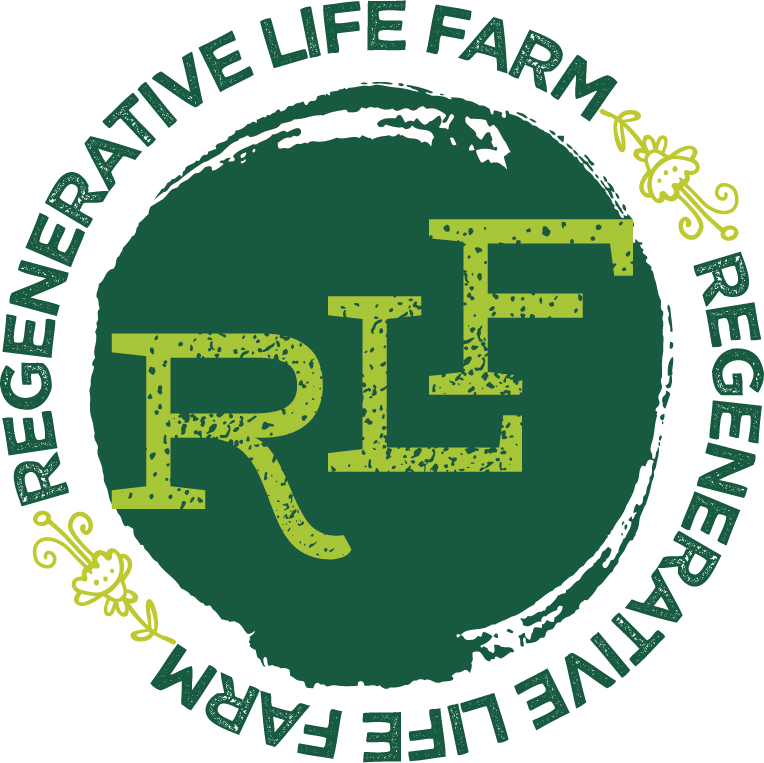Sweet on Potatoes
This was published in the November 4, 2021 edition of The Fish Wrap.
We harvested hundreds of pounds of sweet potatoes this year. The prize winner was 3 pounds 14 ounces! Last year, grass took over the bed before the sweets could get well established, but this year we planted into compost. We had two different varieties, Mahon and Copenhagen. The jungle of vines told us some monster tubers were under there. It’s so satisfying to have such a large harvest of delicious, long-storing food!
Sweet potatoes were first domesticated in what is now Mexico, and spread all through Central and South America and the Caribbean. Our word for potato was a combination of indigenous words for sweet potato (batata) and regular potato (papa). Other words for sweet potatoes give a clue to pre-Columbian contact between America and Polynesia. Indigenous people in Peru called sweets kumar and Polynesians call them kumara. Columbus’ crew brought the first cultivar sweet potatoes to Europe.
What about Yams? Yams are a totally different plant. In fact, yams are related to grasses and lilies while sweet potatoes are more closely related to morning glories. Real yams are common in West Africa but rarely found in the U.S. They have tree-bark-like skin and taste more like russet potatoes. Why do we so often interchange the names? Blame Louisiana. In the 1930s, they marketed their sweet potatoes as yams to stand out from those sold by neighboring states.
Properly cured sweet potatoes can keep for a year in a cool, dry place. They are very nutritious. The orange color means beta carotene and lots of vitamin A. They are also a good source of many other vitamins, potassium and fiber. They are a great side dish roasted or mashed and can be used to make heathy-ish cookies, brownies and pies. You don’t even need the marshmallows!
